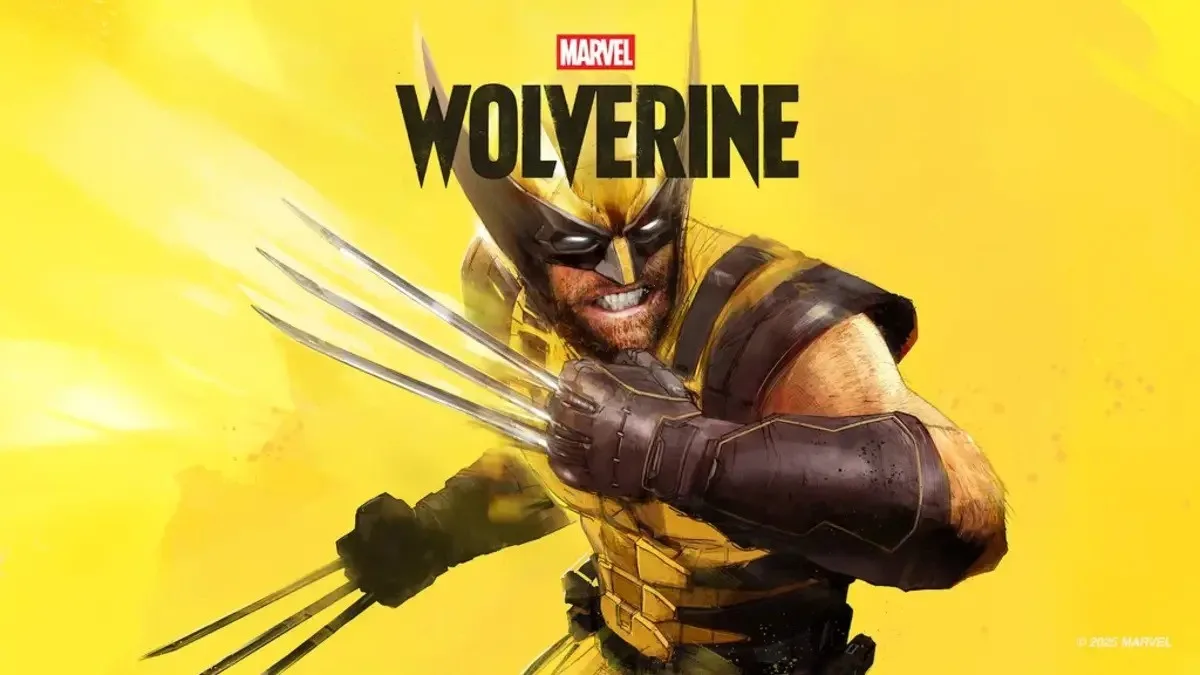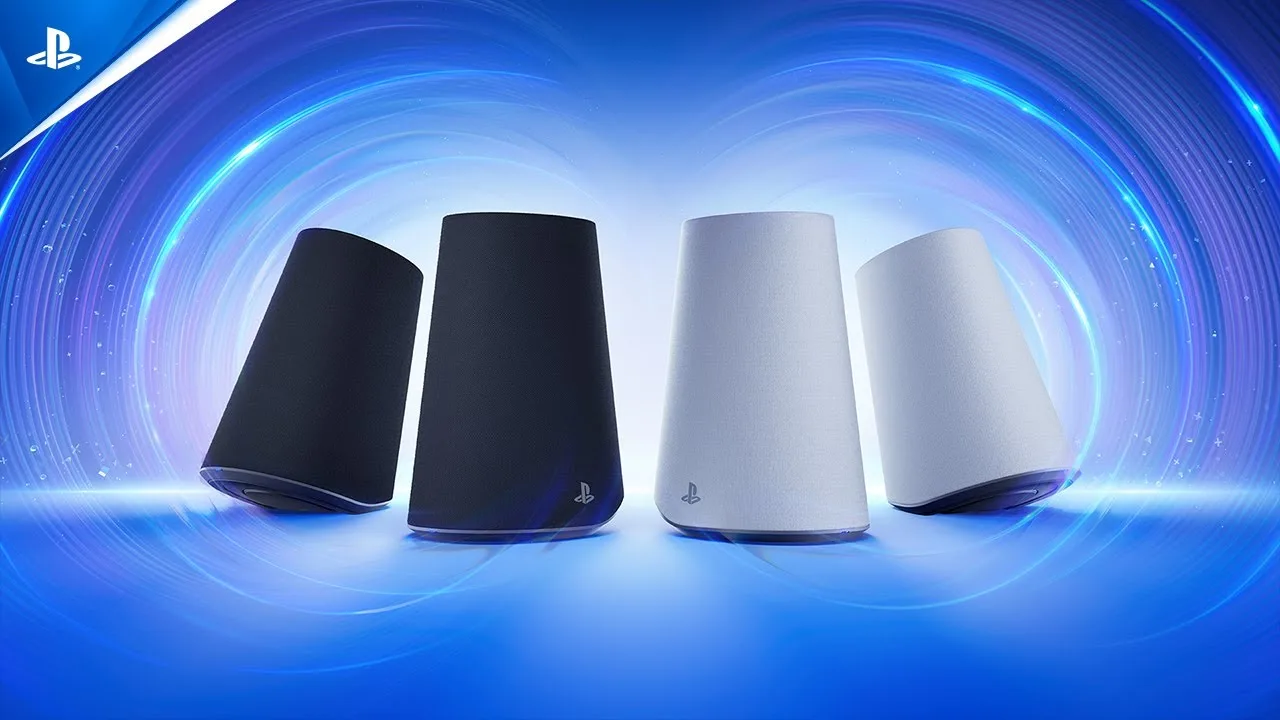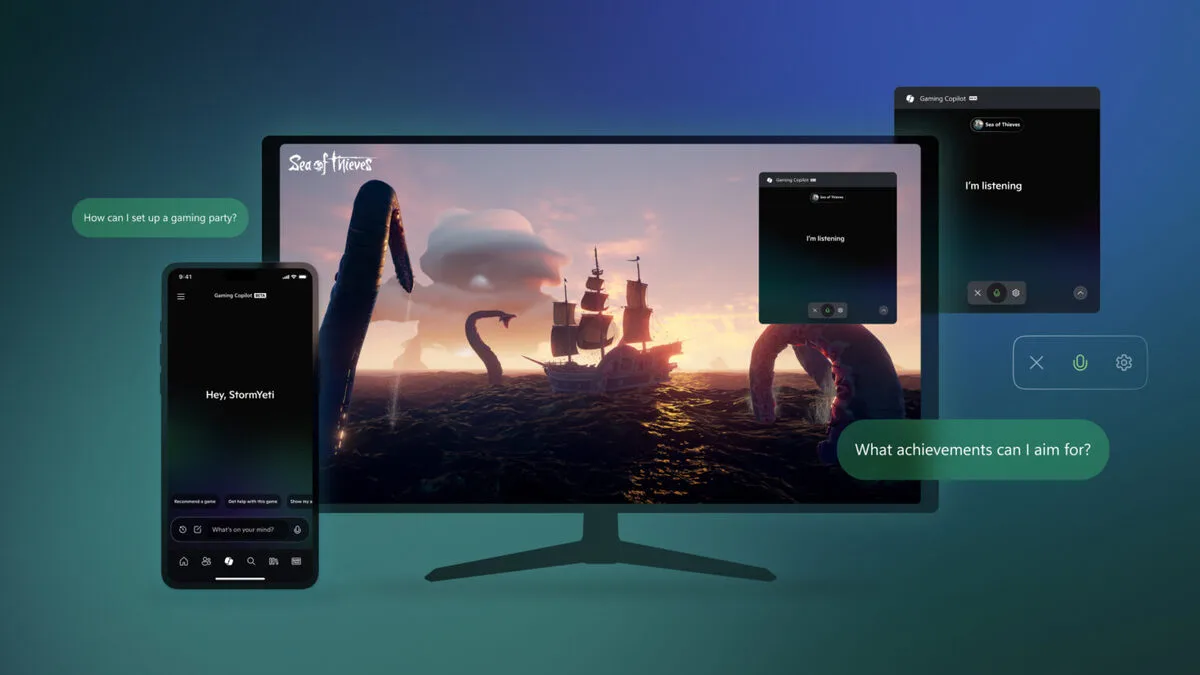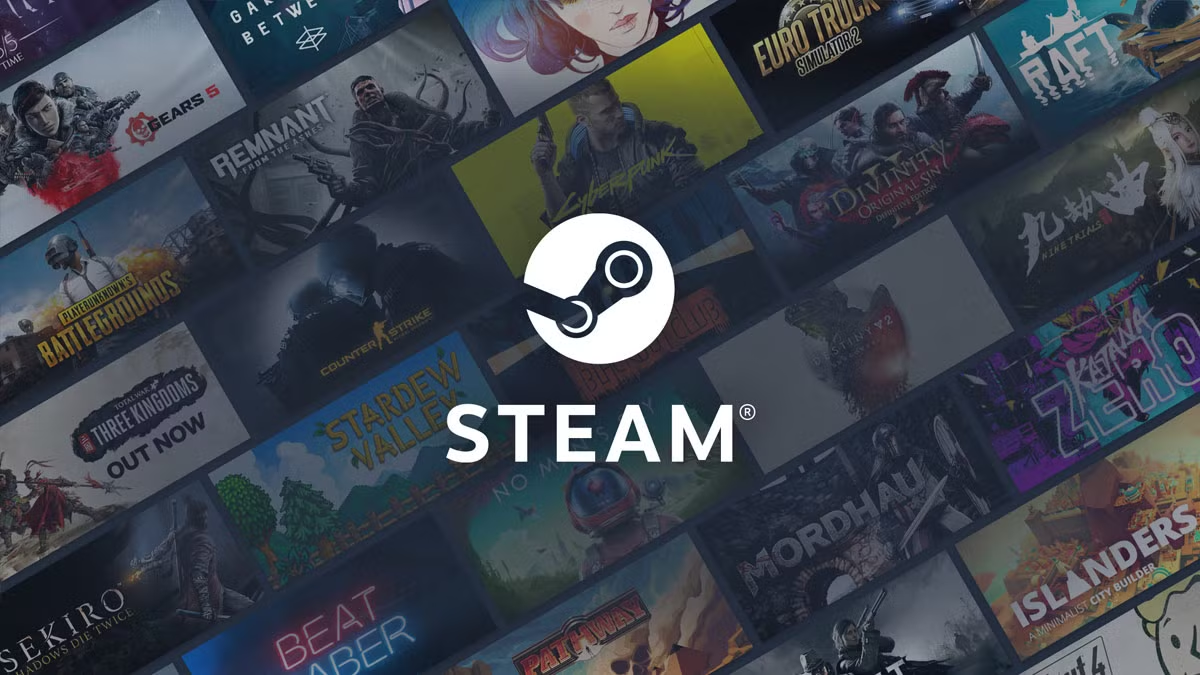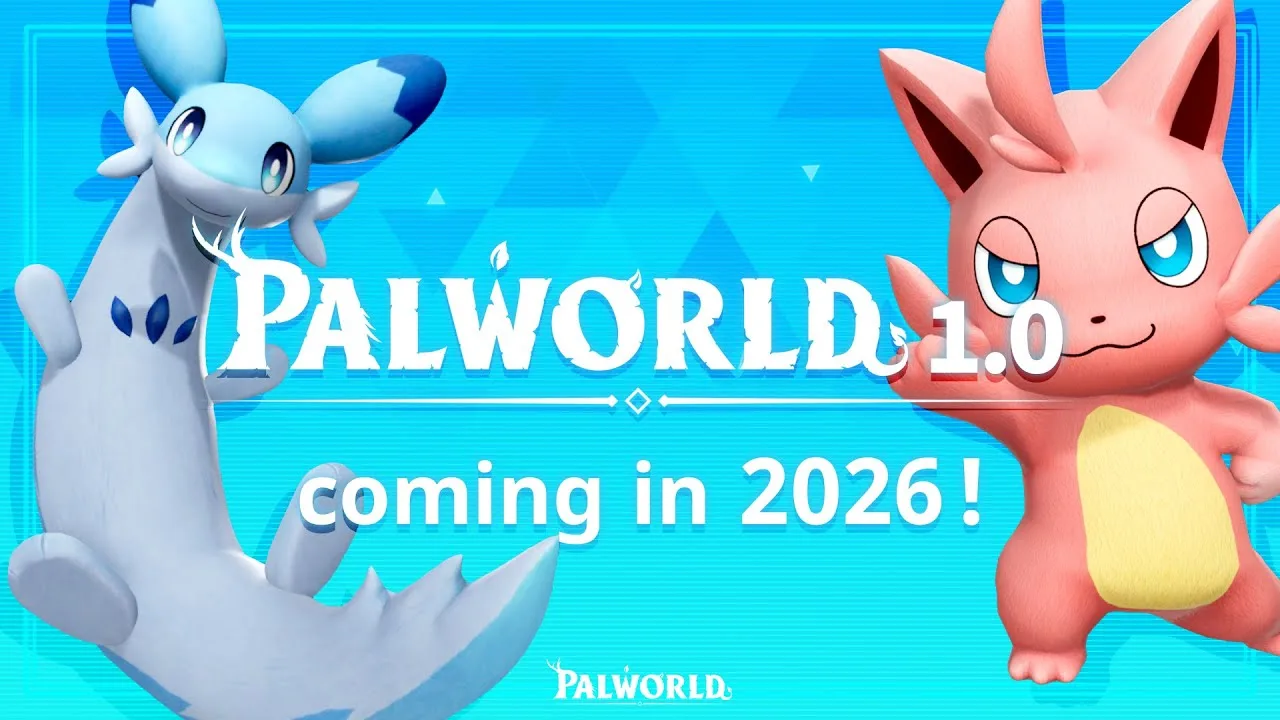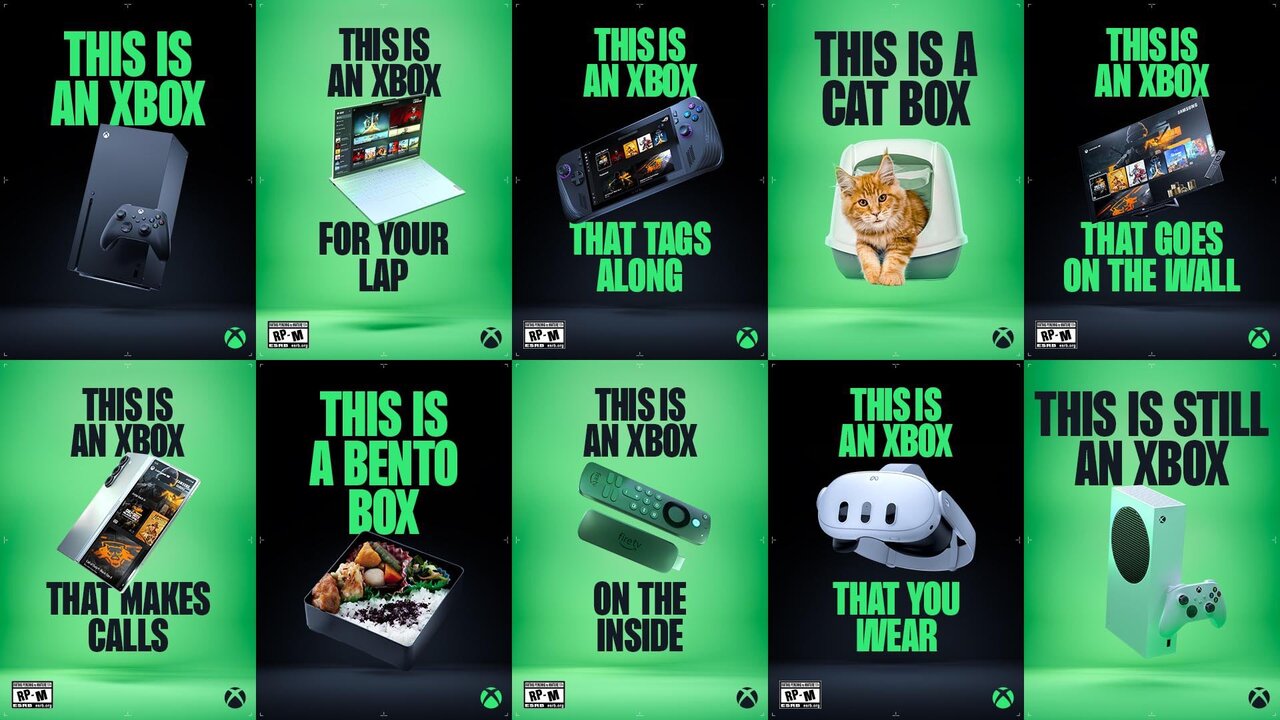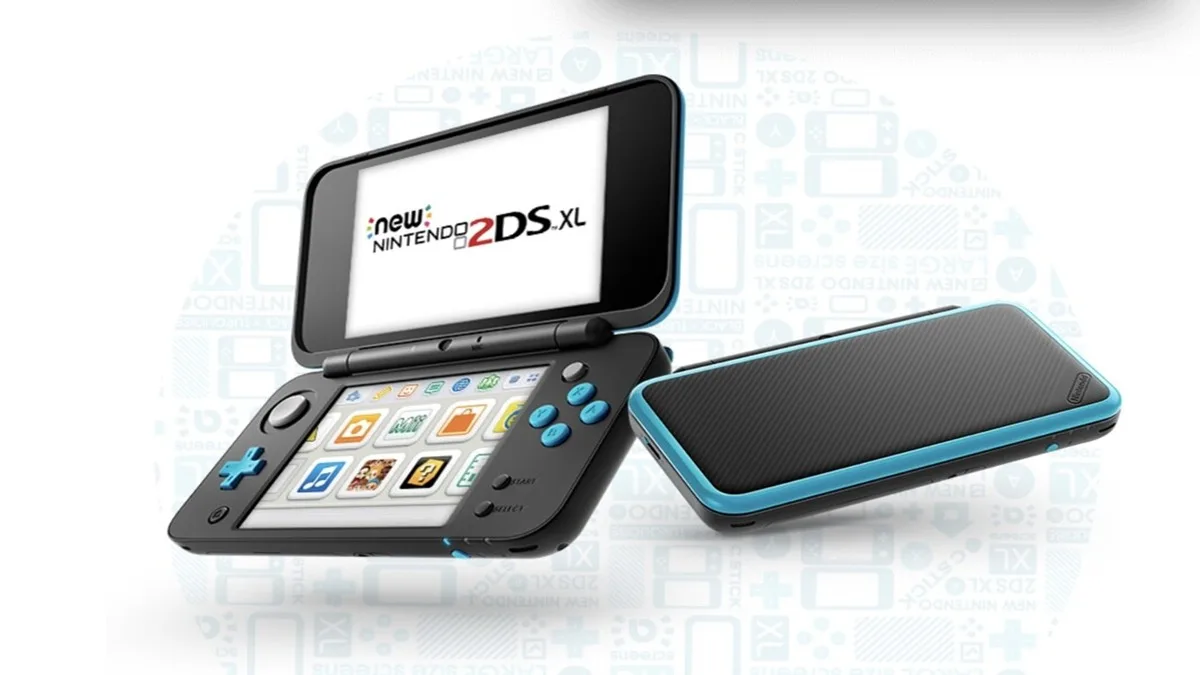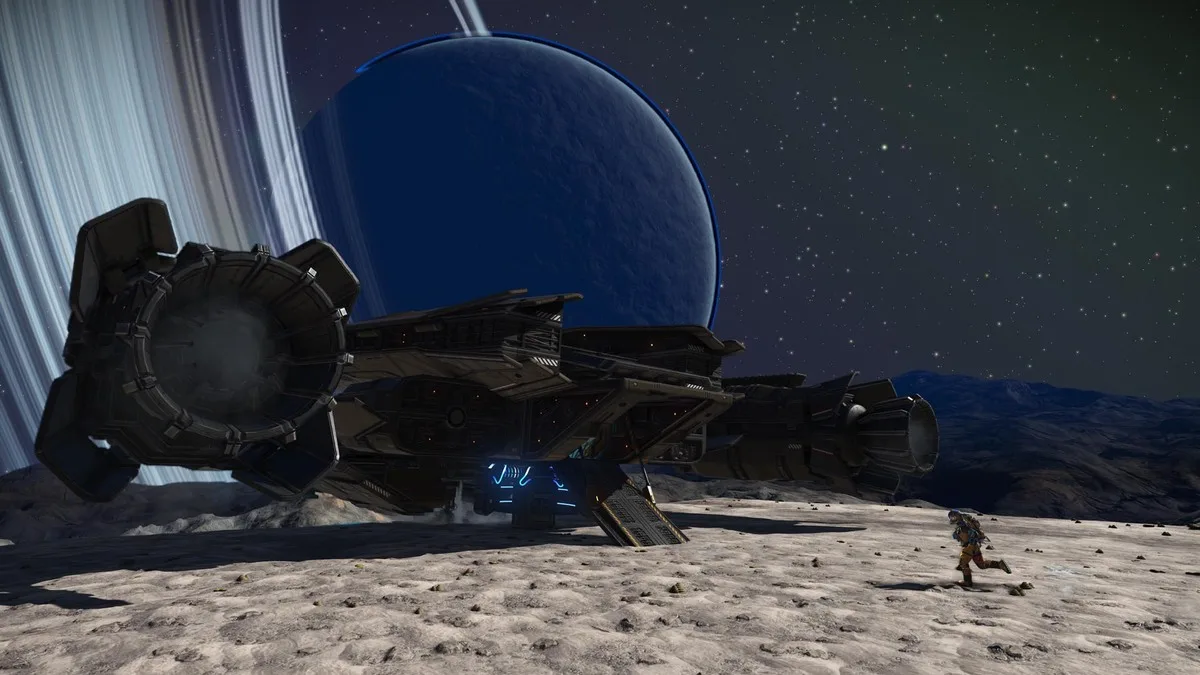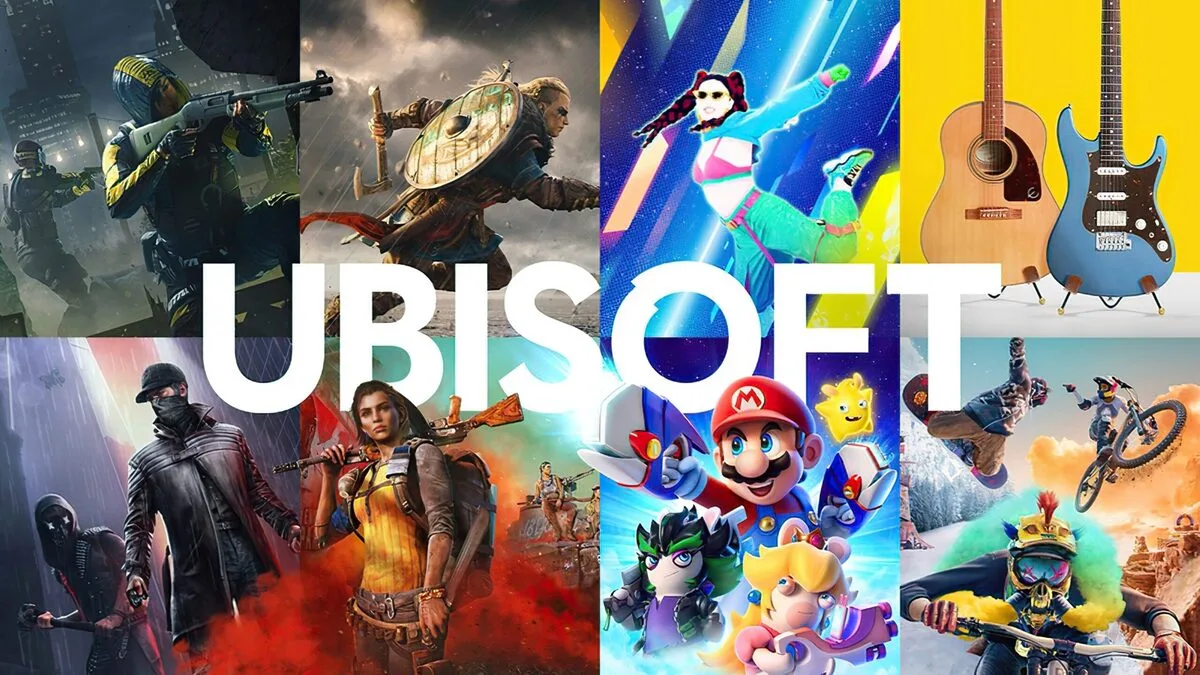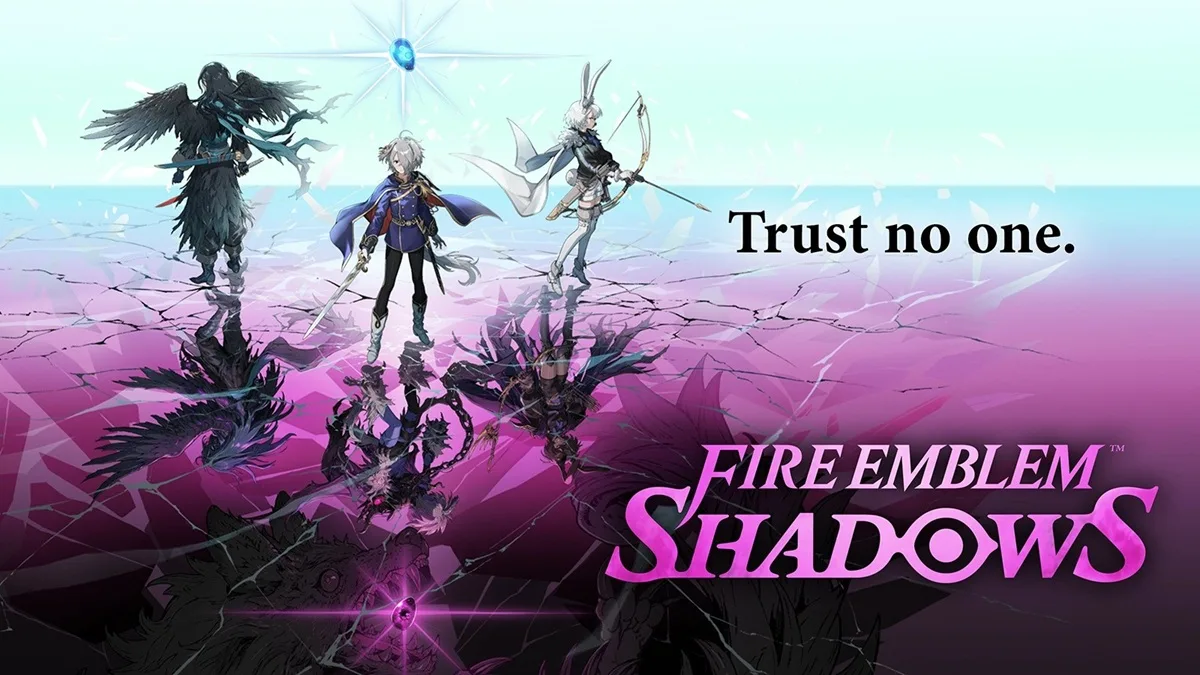
Nintendo Returns to Mobile with Fire Emblem Shadows: A Look Back at Its Mobile Gaming Journey
Nintendo has surprised fans once again. After years of relative silence in the mobile space, the company has launched a brand-new title: Fire Emblem Shadows, a mobile spin-off of its beloved strategy RPG franchise. The… Nintendo Returns to Mobile with Fire Emblem Shadows: A Look Back at Its Mobile Gaming Journey
